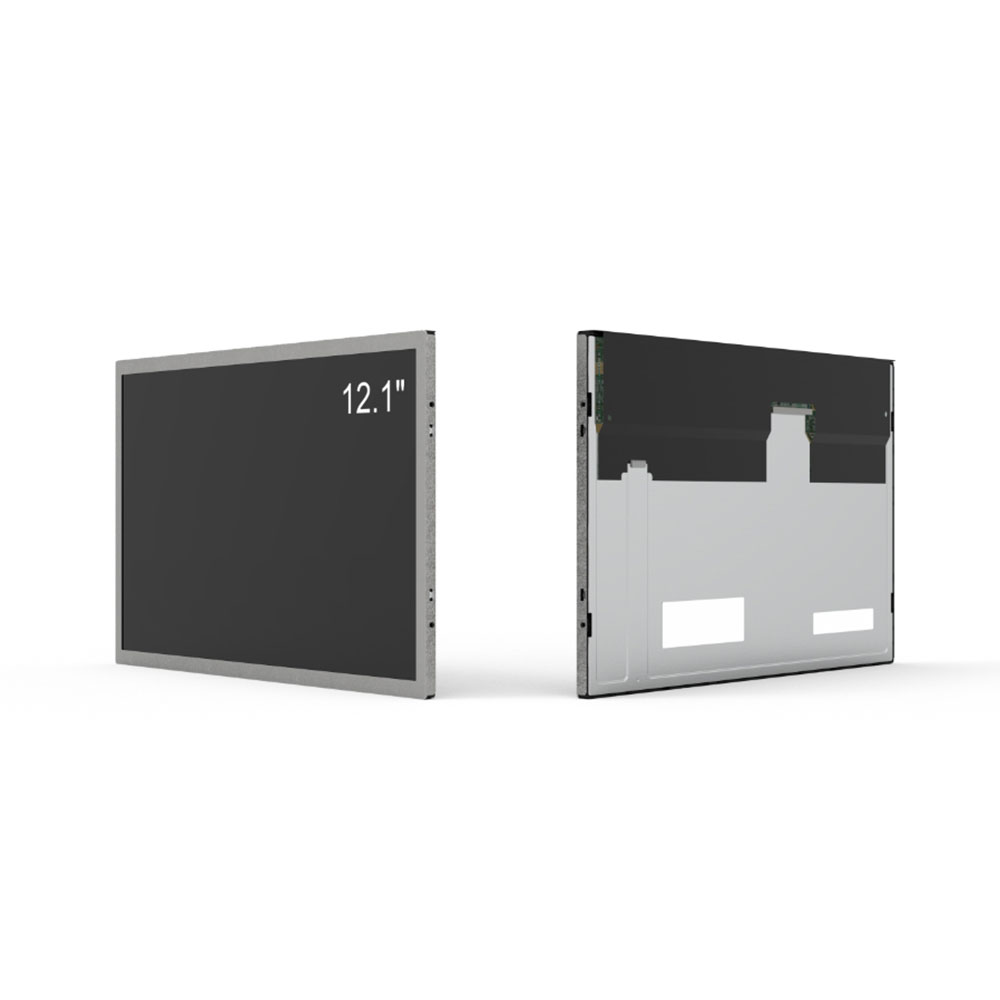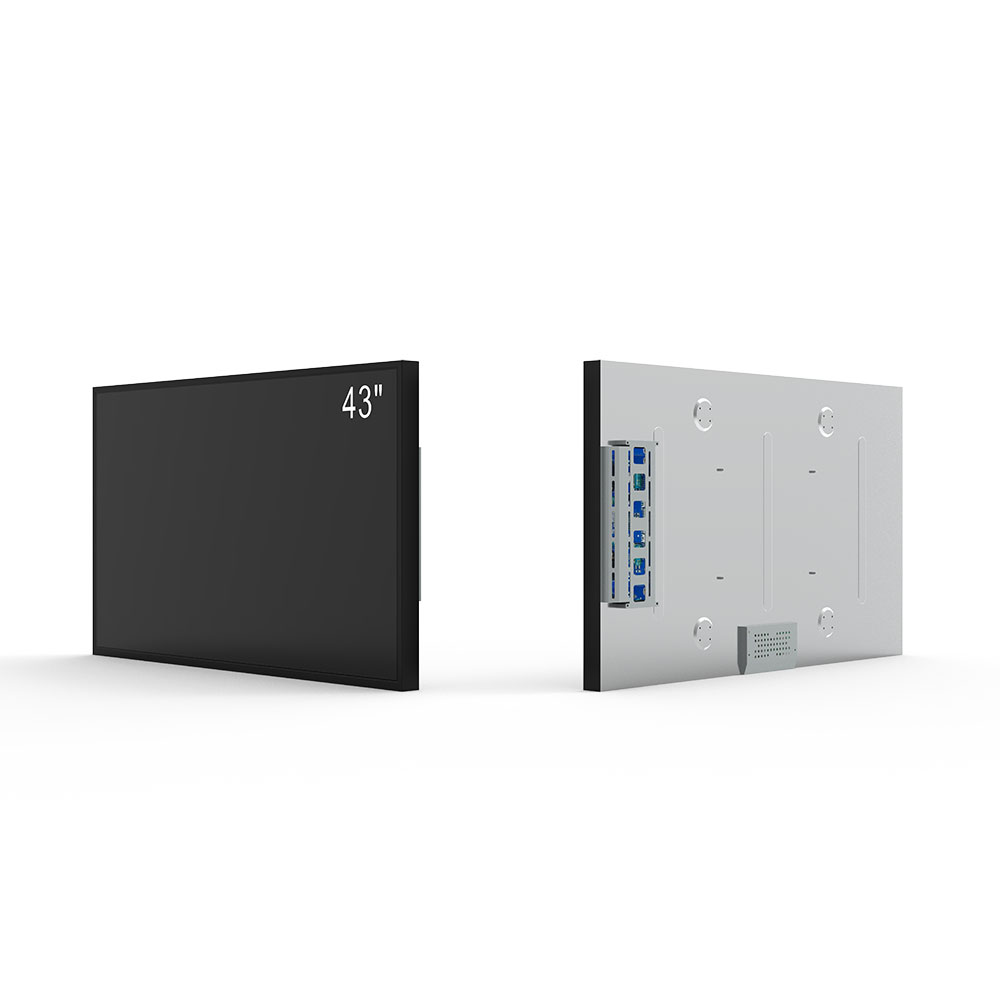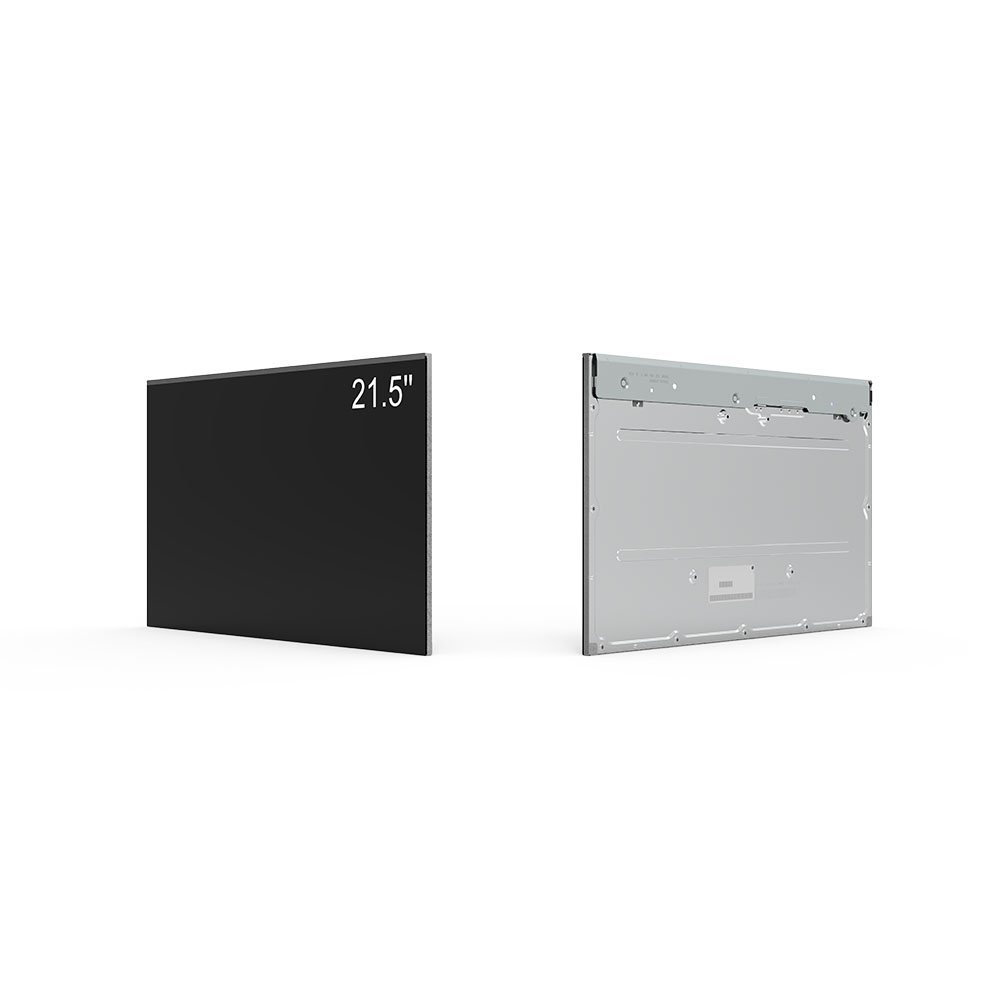
Declaración de privacidad: Su privacidad es muy importante para nosotros. Nuestra empresa promete no divulgar su información personal a ninguna empresa externa sin su permiso explícito.
In the rapidly evolving world of digital signage and outdoor display technology, high-brightness LCD screens with a 4:3 aspect ratio—such as 15", 17", and 19" models—are becoming essential tools for commercial, industrial, and public sector applications. These displays are specifically engineered to operate reliably under harsh environmental conditions while delivering crisp, readable visuals even in direct sunlight. Unlike standard indoor monitors, outdoor LCDs must withstand temperature extremes, humidity, dust, and UV exposure, which makes their design and engineering significantly more complex.
The 4:3 aspect ratio remains relevant in many sectors—notably in retail kiosks, transportation systems (e.g., bus stop information displays), industrial control panels, and healthcare monitoring stations—because it aligns well with legacy software interfaces and provides a familiar layout for users accustomed to older computer systems. For example, in airport terminals or train stations, 17" and 19" 4:3 outdoor LCDs are often used for real-time schedule updates because they offer better text legibility than widescreen alternatives when displaying structured data.

Key technical specifications that distinguish outdoor 4:3 LCDs from indoor counterparts include brightness levels exceeding 5,000 nits (with some premium models reaching up to 7,000 nits), anti-glare coatings, IP65 or higher ingress protection ratings, wide operating temperature ranges (-20°C to +60°C), and ruggedized aluminum housings. These features ensure consistent performance in environments such as street-level advertising panels, construction sites, or military command centers where reliability is non-negotiable.

Case studies from major manufacturers like LG Electronics, Sharp, and Samsung reveal that outdoor 4:3 displays are increasingly adopted in smart city initiatives. For instance, the City of Barcelona deployed over 200 units of 15" and 17" 4:3 outdoor LCDs for public information kiosks, reporting a 30% improvement in user engagement compared to earlier touchscreen-only solutions due to better readability and reduced glare. Similarly, a logistics company in Dubai replaced outdated 16:9 indoor monitors with 19" 4:3 outdoor LCDs in warehouse control rooms, achieving improved operational efficiency through enhanced visibility in bright ambient lighting.

Industry standards such as IEC 60068 (Environmental testing) and MIL-STD-810G (Military-grade durability) guide the design and certification of these screens. Furthermore, energy-efficient LED backlighting (typically rated at 30–50W depending on size) allows for extended runtime in solar-powered installations—a growing trend in remote locations. Some models also support IP67-rated enclosures for temporary submersion scenarios, making them suitable for coastal or flood-prone areas.
From an economic standpoint, the cost per nit for 4:3 outdoor LCDs has decreased by nearly 25% over the past five years due to economies of scale and improvements in LED and panel manufacturing. This affordability, combined with superior visual clarity in sunlight, positions these displays as ideal candidates for long-term deployments in both developed and emerging markets.
In summary, 4:3 aspect ratio outdoor LCDs—especially in 15", 17", and 19" sizes—are not obsolete; rather, they are strategically optimized for mission-critical applications where reliable, high-contrast, and easily readable visuals are paramount. Their continued relevance underscores a broader industry shift toward purpose-built, environmentally resilient displays tailored for real-world use cases rather than generic consumer preferences.
Enviar correo electrónico a este proveedor

Declaración de privacidad: Su privacidad es muy importante para nosotros. Nuestra empresa promete no divulgar su información personal a ninguna empresa externa sin su permiso explícito.